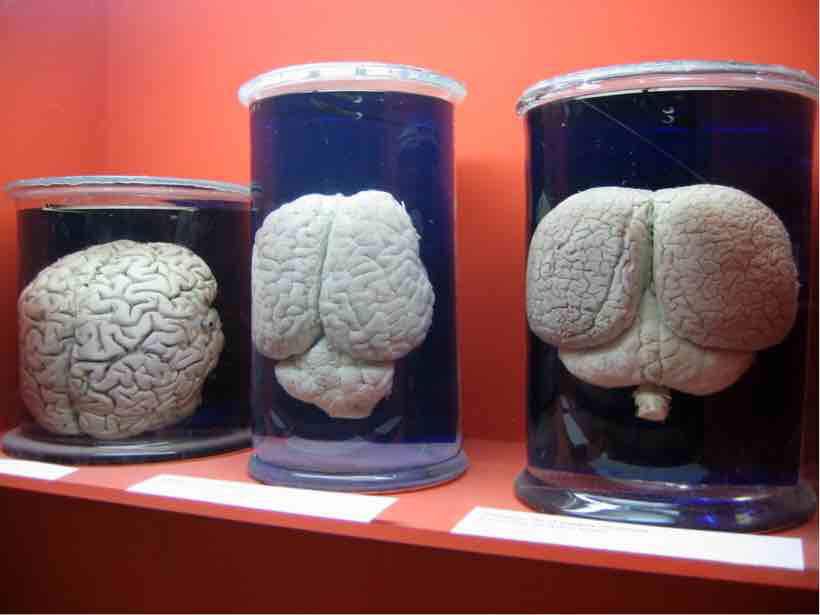
By Heather Hamilton, Contributing Writer
SpaceX and Tesla CEO Elon Musk confirmed this week that he is extending his empire to include medical research. His newest company, Neuralink, seeks to build a “neural lace,” which adds a digital layer to the human brain. Musk confirmed the venture after it was first reported in The Wall Street Journal.
Ars Technica reports that Musk is frequently inspired by science fiction — this time, by late British novelist Iain M. Banks and his Culture series in which characters grow a mesh on their brains, allowing them to interact with AIs and back up their minds.
Unlike the books, it doesn’t appear that Musk’s goal is immortality, though he has, according to Ars Technica, said publicly that he’d like to upload and download thoughts, in part to fight against evil AI. Neuralink products may have an early home in the brains of patients with epilepsy and depression, they report.
The Journal found that Neuralink is registered in California as a medical research company, beginning last July. After the story broke, Musk tweeted, recognizing the company’s name and promising a follow-up in another week. According to the Journal, the company will probably be funded by Musk or the Founders Fund, a venture capitalist firm founded by Peter Thiel.
They also report that they’ve already begun hiring — Vanessa Tolosa, an engineer at Lawrence Livermore National Laboratory, Philip Sabes, a professor at the University of California San Francisco, and Timothy Gardner, a professor at Boston University.
Ars Technica believes that Musk’s technology will build on brain-computer interfaces like BrainGate, which allowed people to type messages by picking out letters one at a time on a computer screen by working through the brain’s motor cortex.
Previously, Musk has made a number of comments regarding the incorporation of artificial intelligence into human brains in a variety of tweets and a Recode interview last year, when he talked about how humans are becoming cyborgs thanks to access to information, though he went on to say that the constraint is input-output, making us i/o bound. “Effectively, merging in a symbiotic way with digital intelligence revolves around eliminating the i/o constraint,” said Musk. “So it would be some sort of direct cortical interface.” He went on to suggest that such a thing could be accomplished without the use of surgery, instead working through veins and arteries, which provide a roadway to neurons.
The Verge reports that Musk told a Dubai crowd, “Over time, I think we will probably see a closer merger of biological intelligence and digital intelligence. It’s mostly about the bandwidth, the speed of the connection between your brain and the digital version of yourself, particularly output.”
This sort of technology could have a major impact on those with neurological diseases, and Musk says that it could help humanity avoid becoming the equivalent of house cats after AI surpasses us.
Wait But Why’s Tim Urban, who will publish Musk’s longer piece next week, posted a small update regarding the company, saying only that there’s a secret thing that was leaked and details are forthcoming.
Sources: Ars Technica, Wall Street Journal, The Verge, NPR, Recode, andWaitbutwhy
Advertisement
Learn more about Electronic Products Magazine





